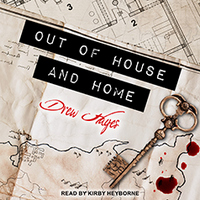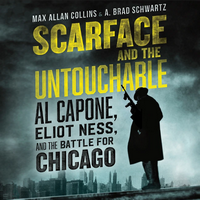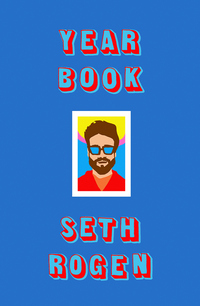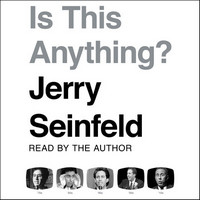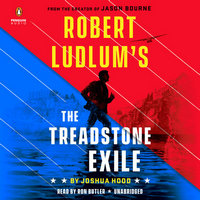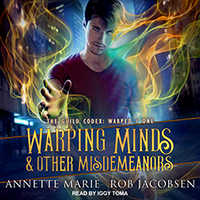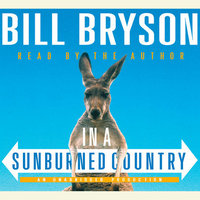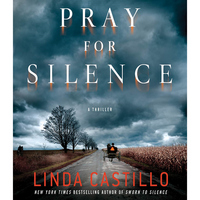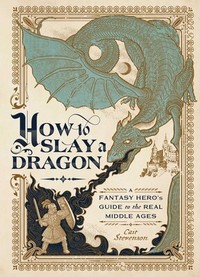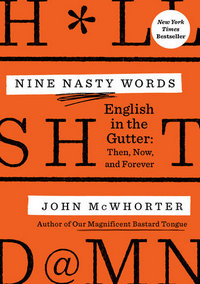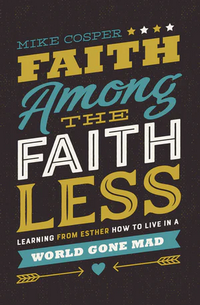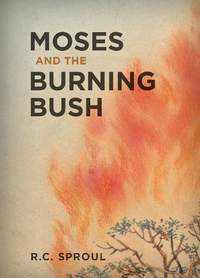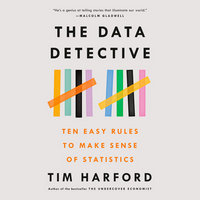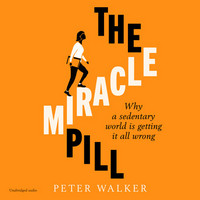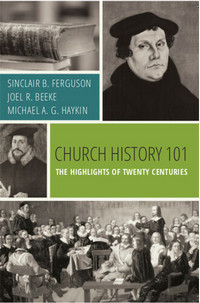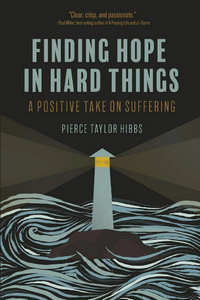The point of these quick takes posts is to catch up on my “To Write About” stack—emphasizing pithiness, not thoroughness. This time, I’ve got a handful of 3 Star reads/listens (I don’t think I planned it that way, it just worked out).
 |
The Case of the Missing Marquessby Nancy Springer, Katherine Kellgren (Narrator) |
(the official blurb)
This is a cute read for people who like the idea of Sherlock Holmes, but aren’t that interested (or ready) in the real thing. Which may sound dismissive, but it’s not supposed to be. I can easily see why the people behind the movie(s) latched onto this character. I can also easily see why they tweaked the content of this book and expanded it for the first movie (does the second book some/all of what they used to expand?).
I don’t know that I’m going to go the distance with this series, but I can easily see going for one more dip in the pool.
Fast, amusing and pretty clever. This look at Sherlock and Mycroft’s little sister is a pleasant little book.


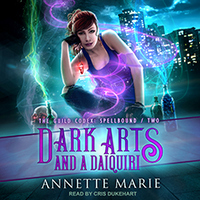 |
Dark Arts and a Daiquiriby Annette Marie, Cris Dukehart (Narrator) |
(the official blurb)
For book 2 to remove our non-magical bartender to a guild of Magic Users from the Guild Members for the majority of the book is a pretty gutsy move. I’m not sure it was the right way to go, and I’m not sure it was successful. But it was gutsy.
The story was…okay, I guess. It really didn’t do a lot for me, but the last few chapters—pretty much when Tori reunites with her friends made the whole thing worth it. And the Dresden File hat-tip was fantastic.
I’m still in on this series/group of series, but I bet when all is said and done, this’ll be the one to forget.


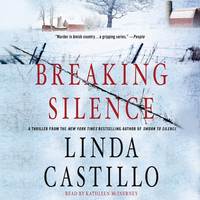 |
Breaking Silenceby Linda Castillo, Kathleen McInerney (Narrator) |
(the official blurb)
Another horrific murder in Amish country. I’d love for a few books to involve other crimes in this community. I realize it’s her shtick, but a little variety could help things.
That aside—the villain of this piece is horrible and creepy, and you can feel the evil. Watching Kate and Agent Tomasetti try to figure out the motive behind the killing and the identity of the killer was a fun ride. I really do like these individually—even if I wonder about the series as a whole.


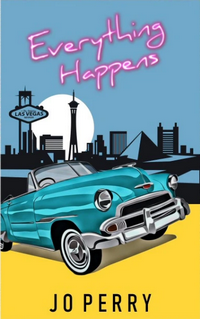 |
Everything Happensby Jo Perry |
(the official blurb)
This starts as the story of a nurse trying to get a quickie divorce from a loser and then turns into a story of carjacking, kidnapping, attempted kidnapping, robbery, vengence, betrayal, and car chases.
Basically: just another weekend in Vegas.
I was riveted throughout, but…I couldn’t stop asking, “Why?” I’m not sure I saw the point of the whole thing—but you know what? I didn’t care, I enjoyed it too much to bother with things like that.


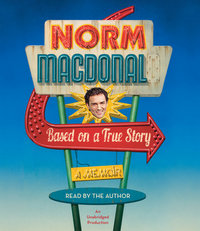 |
Based on a True Story: A Memoirby Norm Macdonald, Tim O’Halloran (Narrators) |
(the official blurb)
A fictionalized version of MacDonald’s memoir, it’s hard to tell what’s memoir, what’s a joke, what’s a mixture. The more obviously genuine moments are marred by their vicinity to the clearly fictional. As a book? This is a mess—a self-indulgent, erratic, mess.
But wow. This was funny—even most of what I didn’t like was funny.
Don’t go into this thinking you’ll understand MacDonald’s life, career, or humor better. Go into it expecting a strange performance art-like experience with some giant laughs and you’ll be set.


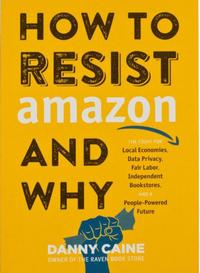 |
How to Resist Amazon and Why:
|
(the official blurb)
This is a no-holds barred critique (screed?) against Amazon—their business practices, the way they treat employees, the way they deal with governments, their security products…and just about everything else. It’s also a call to arms against the giant.
I have a lot of sympathies for Caine’s positions and desires—and agree with most of them. I also follow some of the practices he espouses (not as many as I want, but hey…I’m on a budget).
Still, I’m not sure the megastore is a super-villain—it may resemble one, very closely. As much as we might want it to be.
Read this—blanch at some of it—but take it with a grain of salt.


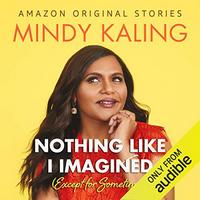 |
Nothing Like I Imagined (Except for Sometimes)by Mindy Kaling |
(the official blurb)
I really enjoyed Is Everyone Hanging Out Without Me? (And Other Concerns) and Why Not Me?—this has the same kind of humor—and the audio versions of all three are equally charming.
But I don’t know, this seemed lifeless? Sweet and genuinely funny, but it left me wanting a bit more. I don’t think it was just the length, either.

This post contains affiliate links. If you purchase from any of them, I will get a small commission at no additional cost to you. As always, opinions are my own.
![]()


